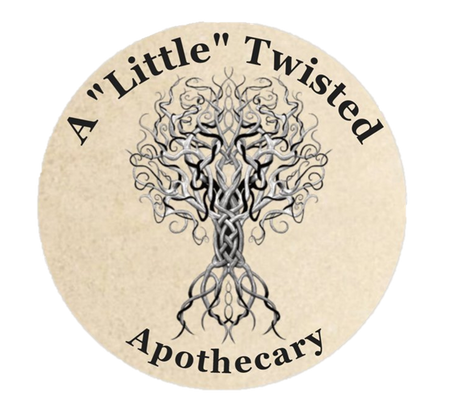Tarot / Oracle Decks
The tarot (/ˈtæroʊ/, first known as trionfi and later as tarocchi or tarocks) is a pack of playing cards, used from at least the mid-15th century in various parts of Europe to play card games such as Italian Tarocchini. From their Italian roots, tarot playing cards spread to most of Europe evolving into a family of games that includes German Grosstarok and more recent games such as French Tarot and Austrian Königrufen which are still played today. In the late 18th century, French occultists began to make elaborate, but unsubstantiated, claims about their history and meaning, leading to the emergence of custom decks for use in divination via tarot card reading and cartomancy.[1] Thus there are two distinct types of tarot pack: those used for playing games and those used for divination. However, some older patterns, such as the Tarot de Marseille, originally intended for playing card games, have also been used for cartomancy.
Like the common playing cards, tarot has four suits which vary by region: French suits in Northern Europe, Latin suits in Southern Europe. Each suit has 14 cards: ten pip cards numbering from one (or Ace) to ten, and four face cards (King, Queen, Knight, and Jack/Knave/Page). In addition, the tarot has a separate 21-card trump suit and a single card known as the Fool. Depending on the game, the Fool may act as the top trump or may be played to avoid following suit.[2] These tarot cards are still used throughout much of Europe to play conventional card games without occult associations.










